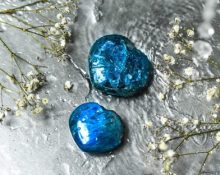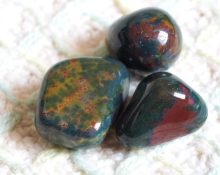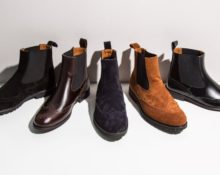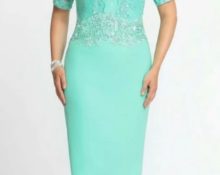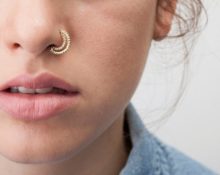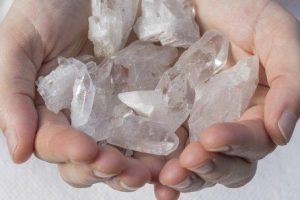
Do you have a crystal that you would like to check if it is real or fake? Or do you have a crystal that you can't identify? The good news is that there are several ways to test crystals yourself, and you don't have to buy expensive equipment.
Determination and testing of crystals according to the Mohs hardness scale
You may be wondering what a fingernail or a piece of glass has to do with crystal testing. These are all the tools you can use to test the Mohs hardness of a crystal. This is a term meaning “scratch hardness” that was coined by the German mineralogist Friedrich Mohs in 1812. Mohs created a system in which minerals were tested for hardness using a sharp object, with 1 being the softest (such as talcum powder, which can be scratched with a fingernail) and 10 being the hardest (such as diamond, which is the hardest mineral on the scale and is not scratched by softer crystals).
You can also use your own crystals, for example if you have an apatite crystal (apatite is rated a 5) you can use it to scratch other crystals to see if they are softer or harder than your apatite. Of course, don't do any scratch tests unless you want to damage your crystal (or choose an inconspicuous place to test).
Examples:
- You may have a clear quartz crystal that you are not sure whether it is real clear quartz or a fake glass. Testing the hardness of the crystal will soon reveal what you have. Pure quartz will scratch glass, but glass cannot scratch pure quartz crystal.
- You are not sure if you have a piece of calcite or a piece of selenite. For this test you would use a fingernail as a fingernail is rated 2-2.5 on the Mohs scale and will be able to scratch selenite which is rated as a 2. While a fingernail will not be able to scratch calcite as calcite is stronger than a fingernail and is rated as a 3 on the scale Moosa.
Crystal identification using strip tests
Another way to test crystals is the streak test, which uses either an unglazed white porcelain tile or an unglazed black porcelain tile. Some crystals leave very noticeable streaks of color (crushed mineral powder) on the tile that will help you identify what it is. Examples are:
- Hematite, which can appear grey, silver, red, brown or black, leaves a reddish tint on the tile.
- Fluorite, which can be green, purple, blue, yellow, clear or a combination of these colors, leaves a white streak on the tile.
- Pyrite, which is very similar to gold, leaves a black streak when tested, while gold leaves a yellow streak on the tile.
- Calcite, which can be pink, blue, green, yellow, red, orange or clear, always leaves a white streak, no matter what color the crystal actually is.
If you are not sure whether you have lapis lazuli or sodalite, lapis lazuli leaves a blue streak, and sodalite leaves a white streak.
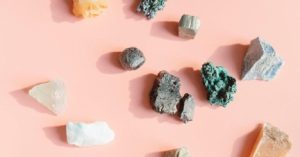
You can check if your crystals have been colored as follows:
- Apply nail polish remover to a cotton swab and wipe the crystal with it. If the color from the crystal remains on the Q-tip and a paler spot appears on the crystal, then you probably have a colored crystal.
- Scratch the crystal with something that has a high level on the Mohs scale (make sure you scratch with a material that has a higher level than what the crystal you are testing has). The crystal you are testing should scratch easily and show the true color underneath.
How to Tell If Your Crystals Are Plastic
You can check whether your crystal is real or made of plastic by doing a hot needle test. When using this method, it is recommended to stick the opposite end of the needle into a piece of cork so that you have something to grab onto and avoid burning your fingers. For example:
- Turquoise will melt if it is plastic, if the turquoise is real, it will burn.
- Real amber will smell slightly like pine needles.
If you don't have crystals to test but want to try scratch testing, try using the Mohs scale to test shungite, onyx, and black obsidian crystals.When you first look at them they will all look pretty similar, however you will be able to tell which one is shungite as both obsidian and onyx will be able to scratch it. While shungite will not be able to scratch the other two crystals.


 0
0